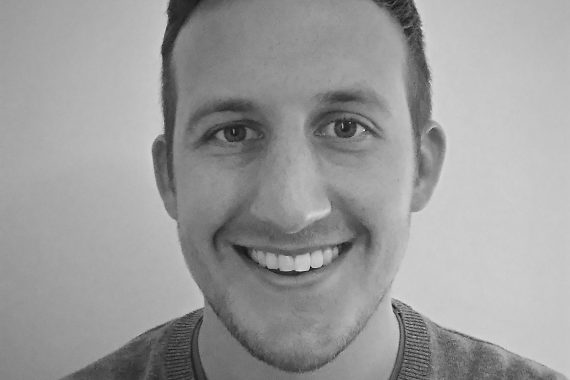’Hear my words that I might teach you.
Take my arms that I might reach you.
But my words like silent raindrops fell
And echoed in the wells of silence.’
…so sang folk-rock duo and inadvertent pioneers of GP training Paul Simon and Art Garfunkel in their song ‘The Sound of Silence’. Because I am still ‘dipping my toes’ into general practice, I am developing consultation skills and techniques and, to paraphrase, learning to be a decent GP. One of the most useful skills I have practised over the last few months is the sound of silence.
Silence is the most useful tool I use
Throughout medical school, we learn to take a history using whats, whens, wheres, hows and whiffs. Ask any medical student who SOCRATES is, and they will snort and call you an old-fool for asking a trick question. As a result, students have a habit of barraging patients with questions in an effort to come to a diagnosis. This isn’t a criticism – it is an essential part of medical training. This habit is reinforced in foundation years, where pressures of quick clerking result in rapid-fire questioning, which often feels more efficient but generally is less so than a more open questioning style.
In the transition to general practice training, the consultation becomes an experience in itself which has structure and direction. We are introduced to consultation models. I’m going to declare a conflict of interest here and explain that I hate consultation models. I can’t get round the idea of taking something fluid and natural and personable like the human to human interaction of a patient and GP and reducing it to something that is anything close to scientific. Consultation models contain some essential titbits – safety netting (Roger Neighbour’s Checkpoint Model of Consultation Skills), collecting all the information before coming on to the management plan (Damien Kenny’s Consultation Navigation Tool) – but this all seems like common sense to me.
However, a recurrent theme in learning to be a good GP is the use of silence.
Mark my words (oh, the irony!), silence is the most useful tool I use. The more comfortable I feel sitting in complete silence with a patient, the more useful it is becoming. Silence will always need to be broken and if you don’t do it, your patient will. And that moment, that first thing that is uttered, is more golden than the silence itself. I sometimes start a consultation with silence and an encouraging nod of the head and smile, and find that this a much more effective icebreaker than, ‘How can I help?’ or ‘Why won’t you leave me alone?’ If you’ve never done it – try it. Just don’t start snoring.
Let me tell you a real story.
A few weeks ago, an elderly man came in to see me. He sat down, I smiled. He explained that he ‘just didn’t feel right’. Six years ago he wouldn’t have been able to finish his sentence before I asked him how long he had been like this and how he defined ‘not right’. This time, I said nothing. He started to cry. He opened up about how his wife had passed away three years ago, around the time of their 57th wedding anniversary. That week would have been their 60th wedding anniversary, and he missed her so much. He talked about how this was making him feel so awful. At the end, he thanked me and said he felt a lot better.
During this consultation, I said nothing.
So when you next discuss consultation skills with a registrar or some other poor soul, don’t forget to use the most useful consultation model that exists. Hellman’s Folk Model is dead. Long live Simon and Garfunkel’s.
Dr Danny Chapman is a locum GP in east and south Devon
Pulse October survey
Take our July 2025 survey to potentially win £1.000 worth of tokens












